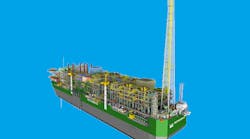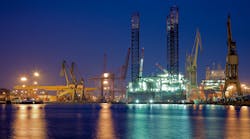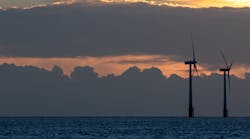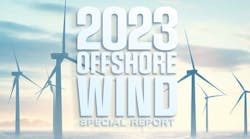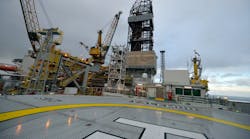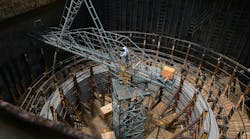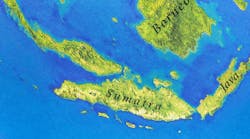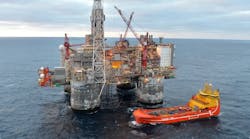Editor's note: This column first appeared in the September-October 2023 issue of Offshore magazine. Click here to view the full issue.
By David Paganie, Chief Editor
The offshore oil and gas industry is in an investment upcycle, fueled by recovering oil demand, firm commodity prices, availability of cash flow, and a pent-up pipeline of opportunities that had been shelved or reworked during the pandemic. Industry analysts forecast this upward trend to run until about 2025, and then level off through at least 2030. Still, about 55 MMb/d of oil from new wells is required to replace reserves to meet demand in this decade. The industry is adding to the production base at a lower cost with strict capital discipline and portfolio management and lean, short-cycle development projects. For this reason, and despite high oil prices, the expectation is that the current cycle will have a much smoother curve compared to those of past years.
Capital spending for offshore wind development is expected to ramp up over the next two years or so as well, and then grow through 2030. This is due, in part, to oil and gas companies directing an increasingly larger share of capital expenditures toward low-carbon business segments to support decarbonization initiatives. But the industry will need to work through a short-term lull driven by challenges related to inflation and high interest rates.
Meanwhile, governments are still actively looking to help open new areas for wind development. In the US, the federal government in August held its first-ever auction of offshore wind development rights in the Gulf of Mexico. One area offshore Louisiana and two offshore Texas were up for bid. Fifteen companies qualified for the auction, but the sale ended with a single $5.6-million winning bid by German developer RWE.
In Brazil, Petrobras has submitted a request to Ibama, the institute of environment and renewable natural resources, to start the environmental licensing process for ten areas off the nation’s coasts for offshore wind developments. The areas offer the potential to develop offshore wind projects with a capacity of up to 23 GW.
Elsewhere, the Canadian offshore oil and gas regulator has recently acquired offshore wind development as part of its remit. The regulator is rolling out an offshore wind roadmap in phases through 2024. Nova Scotia has announced plans to issue licenses for offshore areas for the development of 5 GW by 2030. The first call for bids is scheduled to be held in 2025. Judy Murray, Offshore contributing editor, shares insight from the regulator and other stakeholders in Canada on the nation’s prospects for offshore wind (read more here).
Check out the 2023 Offshore Wind Special Report here.
Another decarbonization initiative – emissions reduction – has been embraced by the industry. A good example is how Petrobras and its partners are looking to reduce emissions from the new and upcoming FPSOs scheduled for deployment offshore Brazil. The approaches include electrifying systems with combined-cycle power generation, and the replacement of gas turbines with all-electric drives and motors. Bruce Beaubouef, Offshore managing editor, discusses these and other solutions for the reduction of emissions from FPSO operations (read more here).

